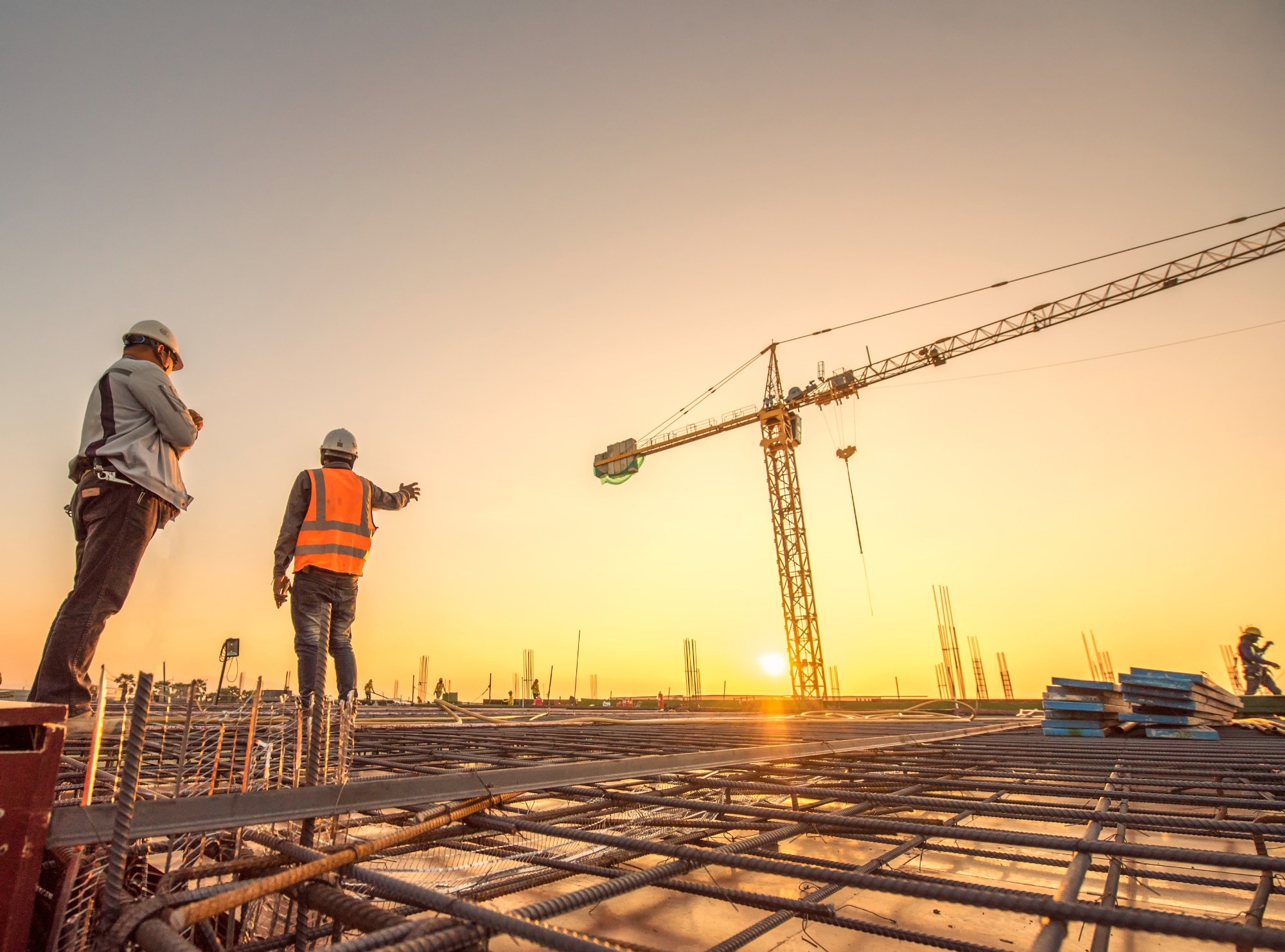In a recent publication in the journal Societies, researchers introduced an innovative approach to predicting the construction cost index (CCI) for building materials in developing countries, particularly focusing on Pakistan.
 Study: Artificial Intelligence in Forecasting Construction Costs: A Study of Developing Countries. Image credit: Bannafarsai_Stock/Shutterstock
Study: Artificial Intelligence in Forecasting Construction Costs: A Study of Developing Countries. Image credit: Bannafarsai_Stock/Shutterstock
Background
In the construction industry, the need for accurate cost estimation is paramount for economic stability and job creation in developing countries. However, numerous challenges, such as uncertain project durations, material supply, poor documentation, and economic fluctuations, hinder precise cost estimation, often leading to cost overruns and project delays. To address these issues, adopting advanced cost estimation methods is crucial, particularly in the approval and financial planning phases, to ensure project viability.
The volatile nature of construction costs in developing countries, often driven by inflation, poses challenges for projects, particularly large-scale endeavors. To mitigate these challenges, CCIs can be leveraged to predict future material prices accurately. Numerous machine learning algorithms, such as time series analysis, linear regression, and artificial neural networks (ANNs), have increased the accuracy of future price predictions.
Research methodology for CCI prediction
The study proceeds through three phases. In the initial phase, the researchers perform a comprehensive review and analysis of the scientific literature on CCI and its calculation methods. The second phase involves an elaborate process to extract historical construction element prices. Subsequently, a formula is developed for predicting CCI values for the next five years, employing three techniques: ANN, linear regression, and time series analysis. In the final phase, the results are meticulously compared among themselves and with previous studies. The researchers identify limitations and suggest potential avenues for future research.
The CCI formula in this study derives from the prices of key elements in reinforced concrete construction, including sand, Portland cement, gravel, structural steel, and brick. A methodical approach is utilized for this purpose. The pivotal step is the formulation of the CCI prediction equation, and the selection of the base year significantly impacts its accuracy. After the CCI formula is established, the subsequent step involves predicting the CCI for the next five years using different machine learning techniques deployed.
The study adopts Engineering News Record’s (ENR) established method for predicting CCI, which relies on "spot prices" for all tracked construction materials obtained through surveys of consistent suppliers each month. This research, however, modifies the ENR formula to encompass the prevalent construction materials in Pakistan and similar developing countries. This choice is based on the success of ENR data in improving the accuracy of city-level CCI predictions in previous studies.
Unlike the common construction materials in the United States, Pakistan predominantly employs reinforced concrete and bricks for construction. Therefore, the study collects cost data for materials commonly used in Pakistan, including sand, Portland cement, gravel, structural steel, and brick. The units utilized in the current study are standard for Pakistan, with material quantity measured in kilograms (kg) and prices in Pakistani rupees (PKR). To calculate the average unit price of materials, researchers divide the respective cost for each year by the total production quantity for that year.
Analyzing weighted factors and future projections of CCI
The calculation of weights for each building construction material is summarized below:
- Bricks (BW) weigh 0.1192 per 1000 bricks per PKR.
- Steel (SW) weigh 0.0095 per ton per PKR.
- Cement (CW) is assigned a weight of 0.0427 per ton per PKR.
- Sand and gravel (GW) are weighted at 0.126 per meter cube per PKR.
Subsequently, these weights are converted into percentage values. The results reveal that steel and cement exhibit higher percentage weights compared to sand and gravel, while bricks have the lowest percentage weight among the selected construction materials. The formula for the CCI is derived from these weighted values.
The CCI values for the subsequent study years are calculated using the derived equation. The study collected data over 20 years (2000–2020), revealing inflation rates that consistently rose, with occasional exceptions in 2005, 2008, 2013, and 2019, largely influenced by changes in steel and cement prices and government policies. Different governments introduced price control measures in various years, influencing CCI trends. Additionally, unexpected events such as earthquakes and floods significantly impacted the CCI.
After computing the CCI for the study period, three prediction models, namely ANN, time series, and regression, were employed to forecast future CCI values. The results indicate that the ANN model provided the most accurate and reliable predictions, with the lowest error values. It outperformed the time series and regression models, offering valuable insights for budgeting construction projects, particularly in developing countries, and contributing to economic stability during and after the pandemic.
Conclusion
In summary, researchers employed three prediction models, including ANN, regression, and time series, to forecast the CCI in developing countries, with Pakistan as a case study. The results showed that the ANN model outperformed the other two, providing the most accurate predictions with the fewest errors. The proposed models have limitations and serve as a foundational approach for predicting CCI and could benefit construction projects in developing economies. Future research could expand these models and conduct field experiments for validation.